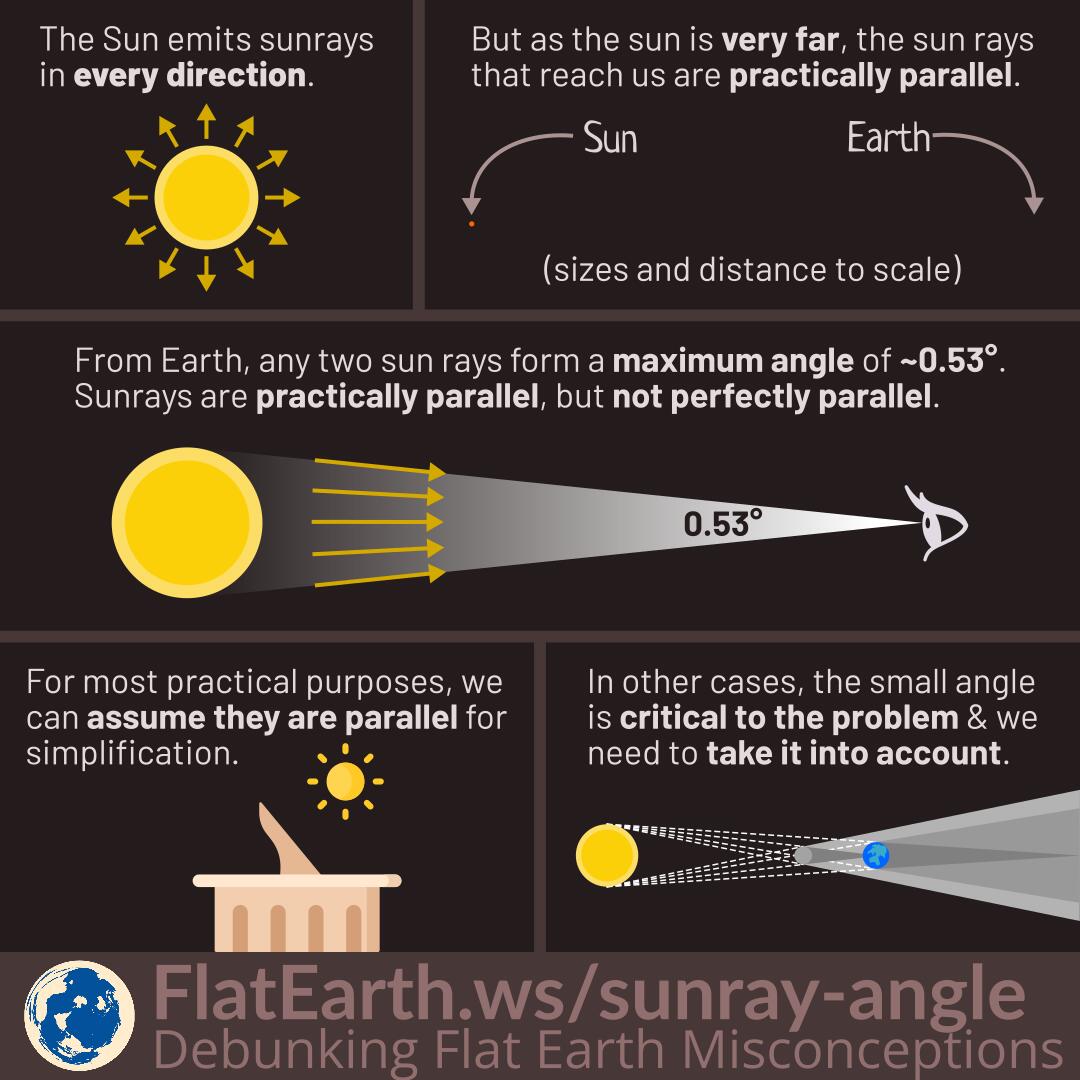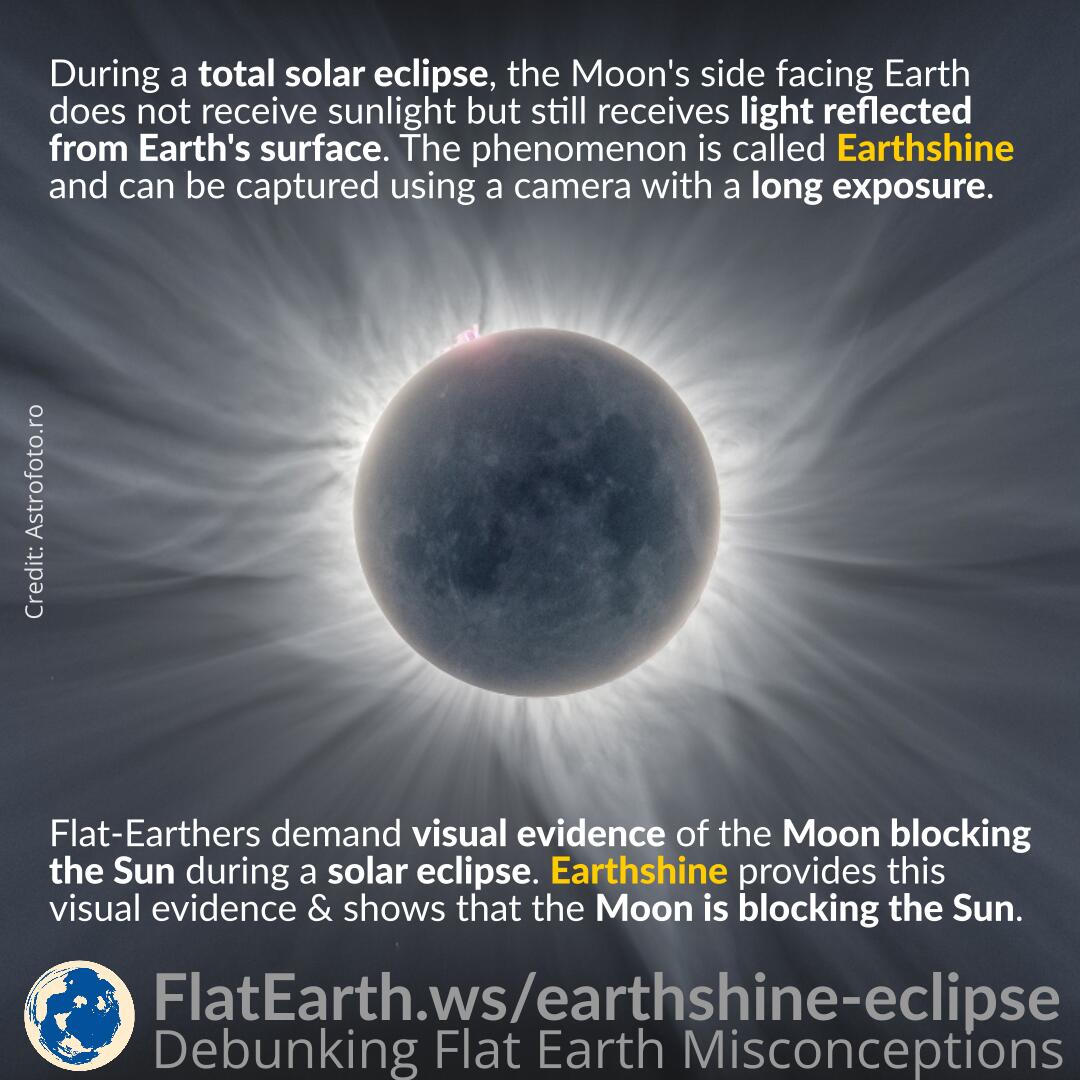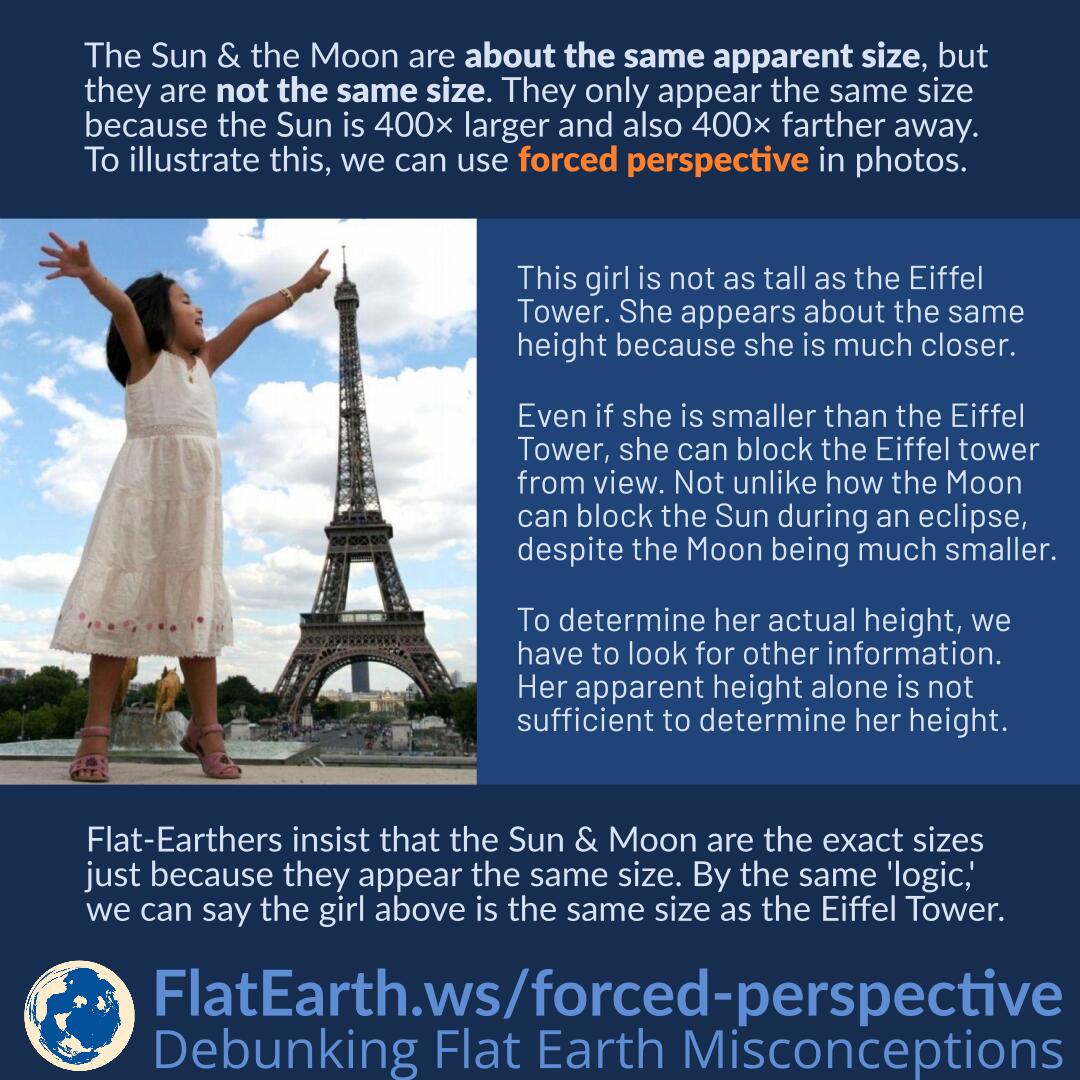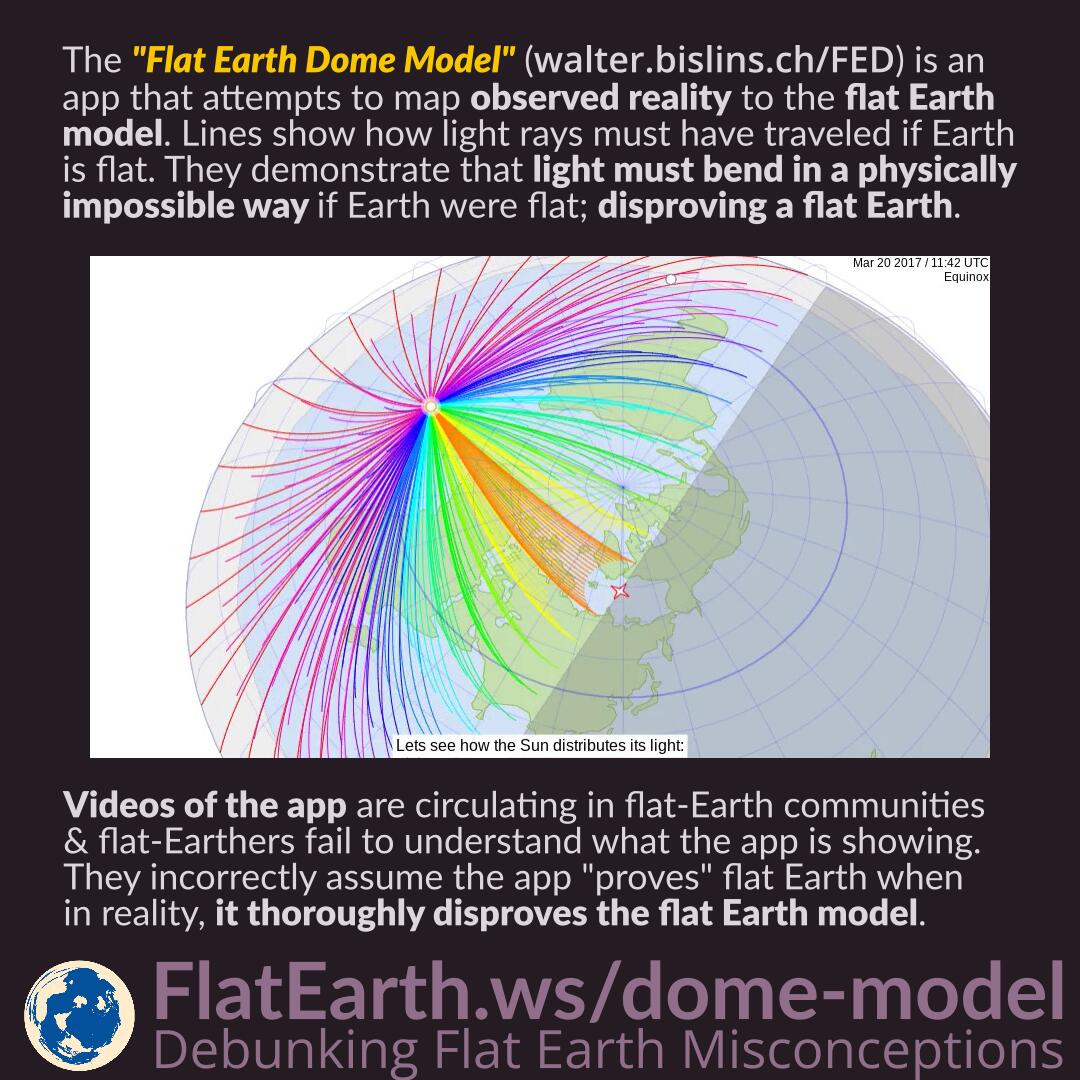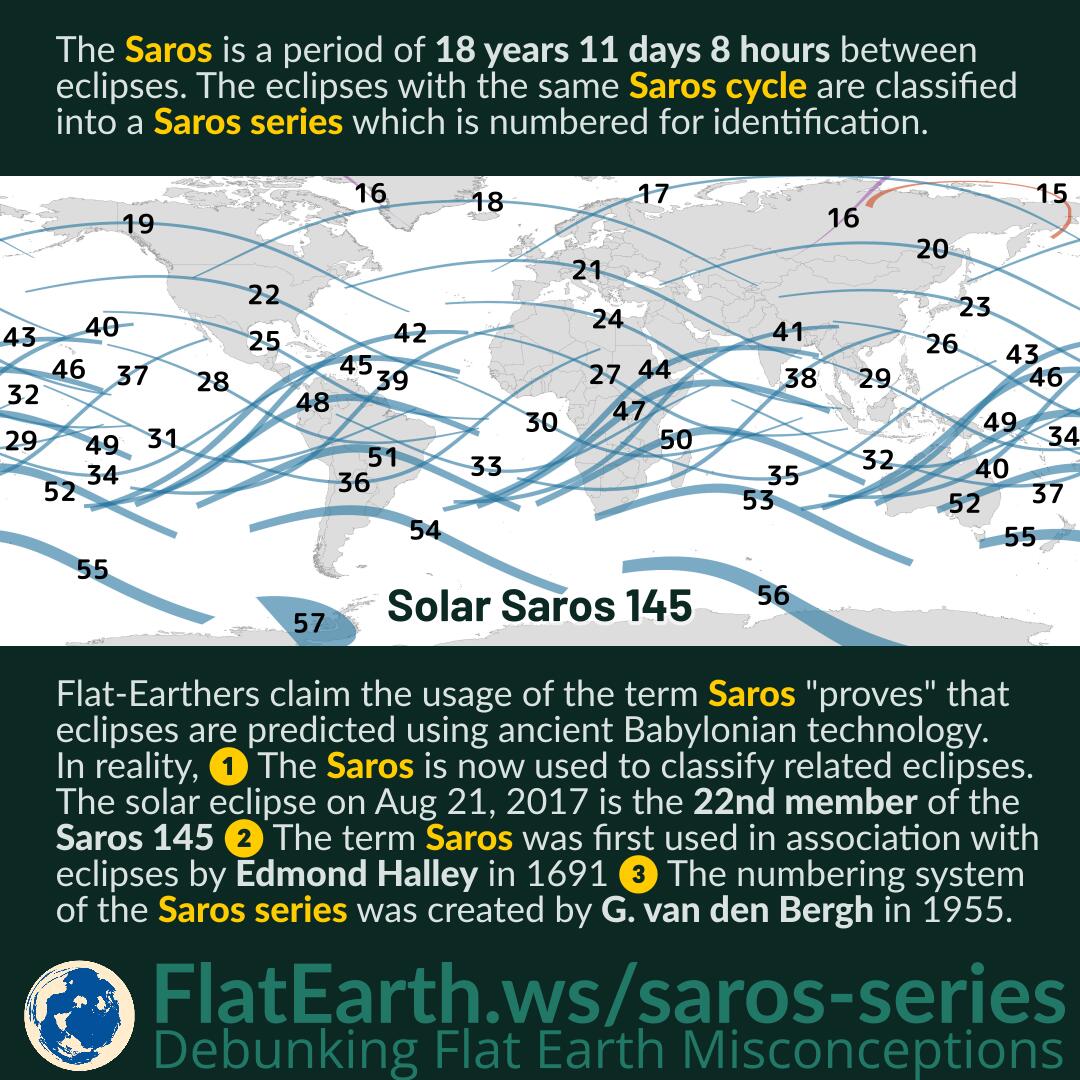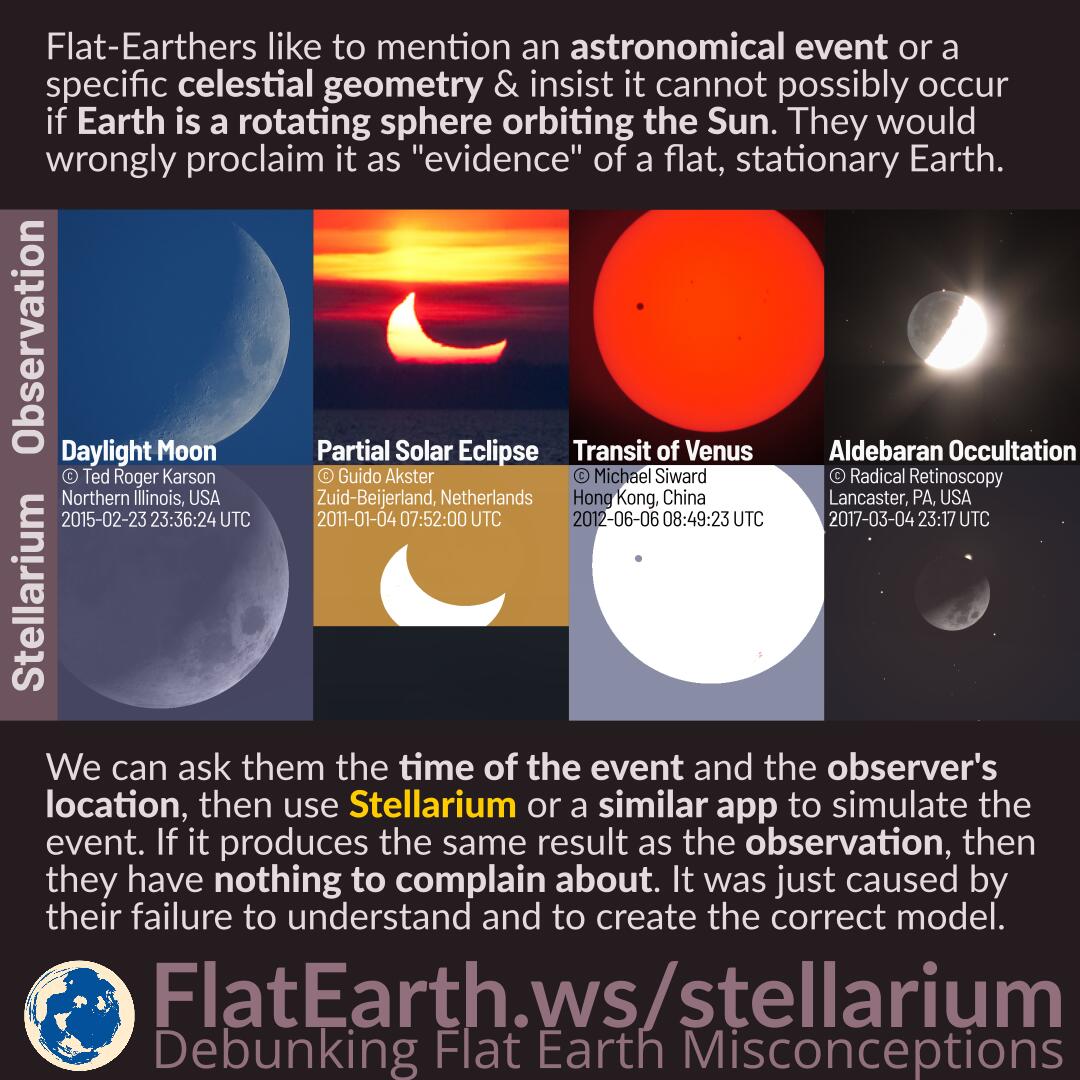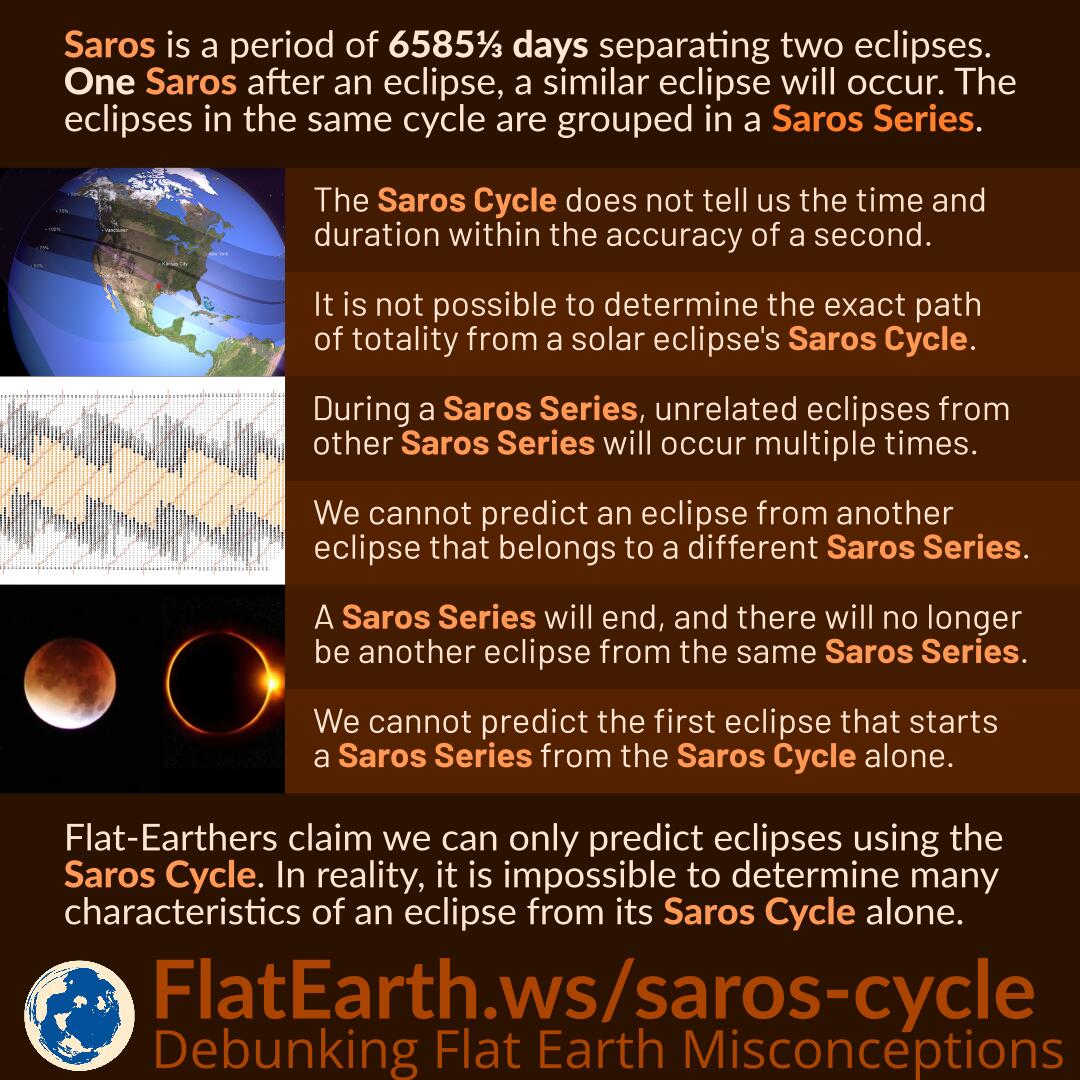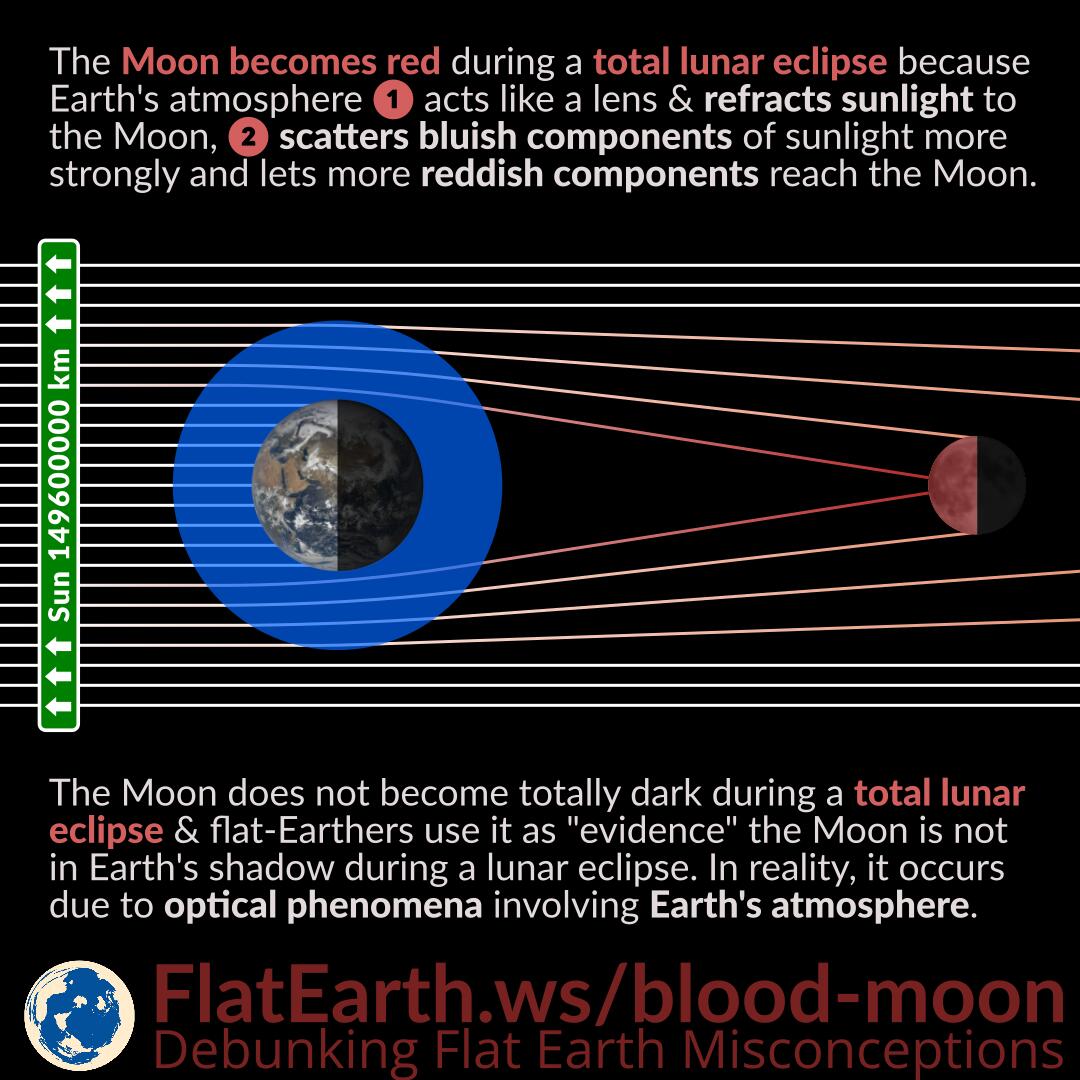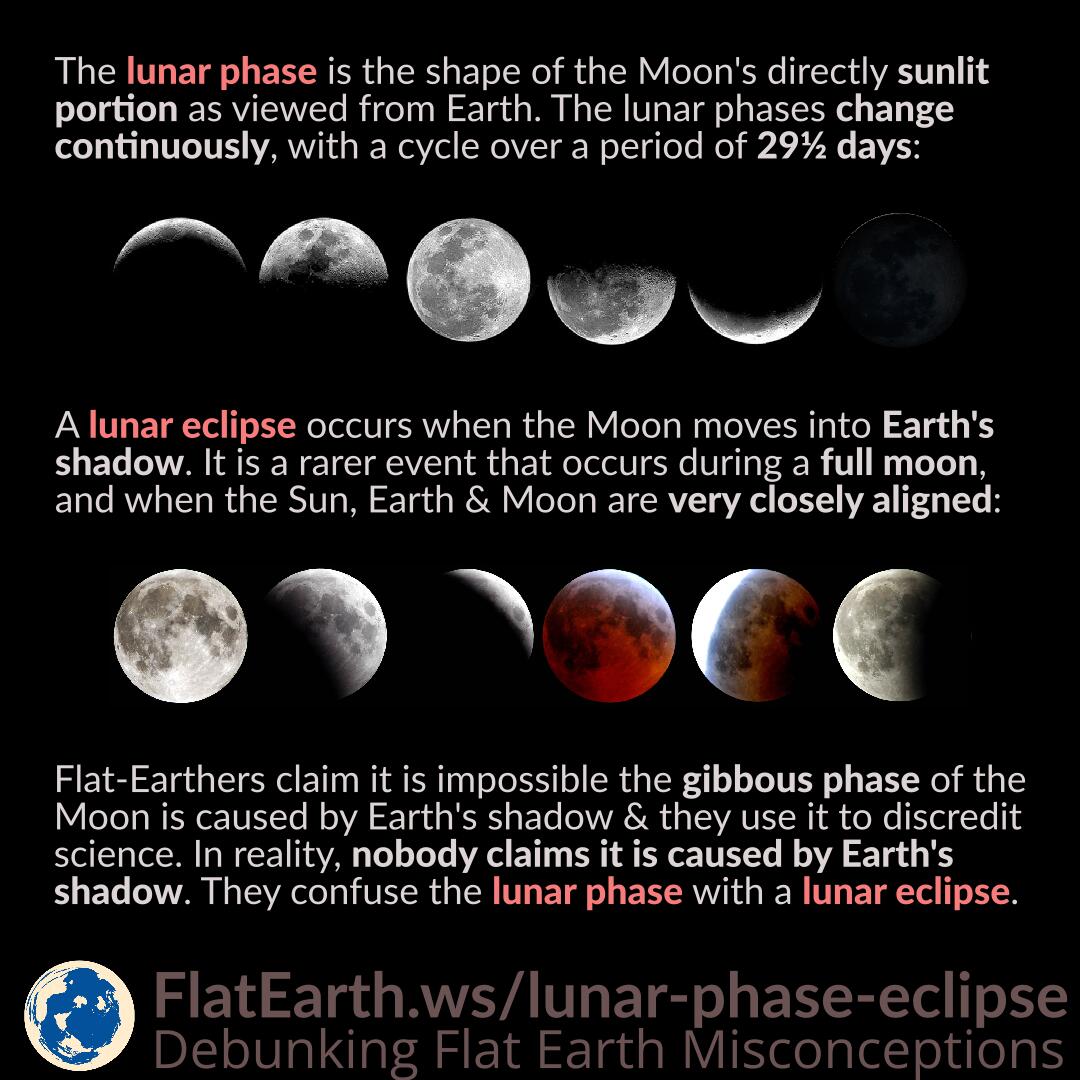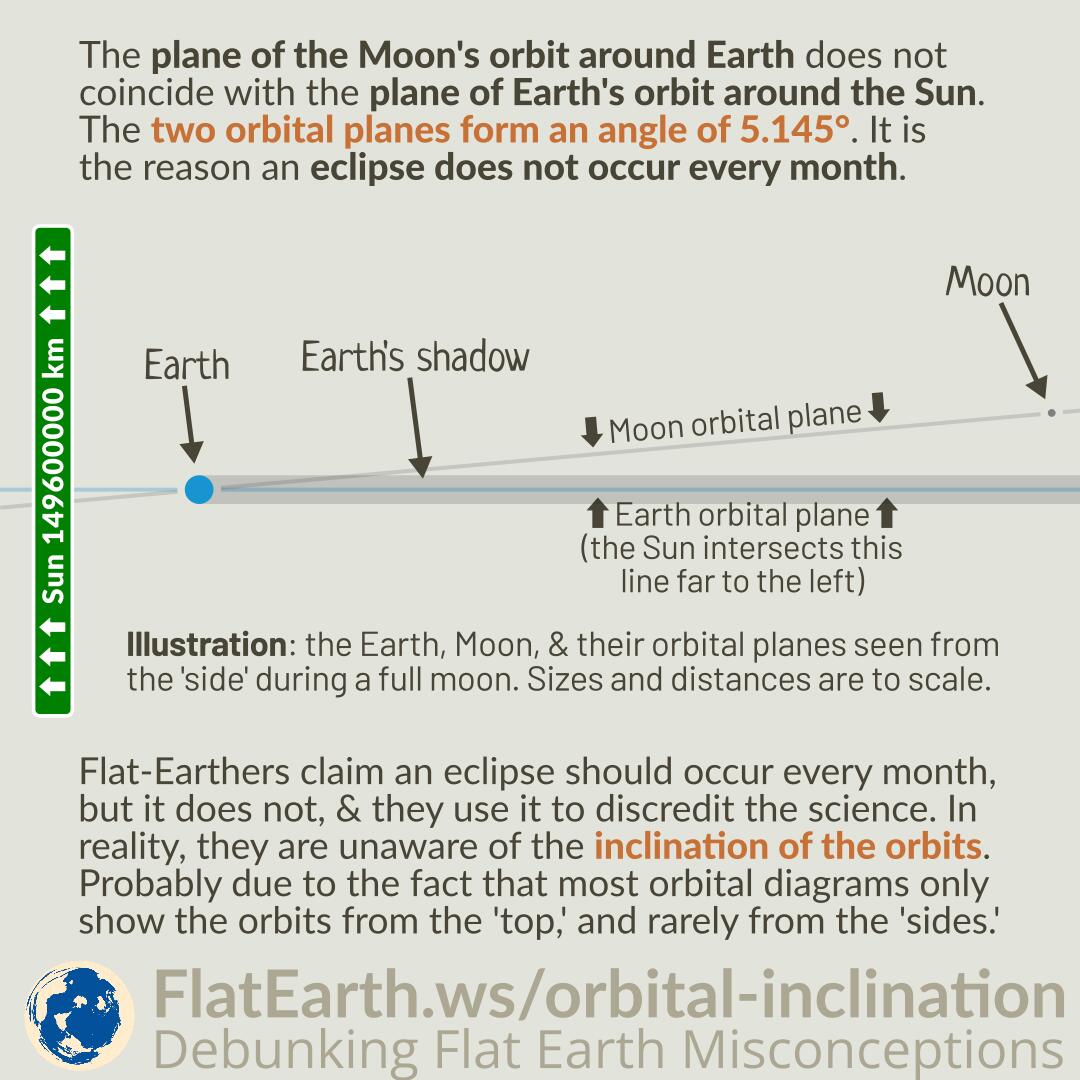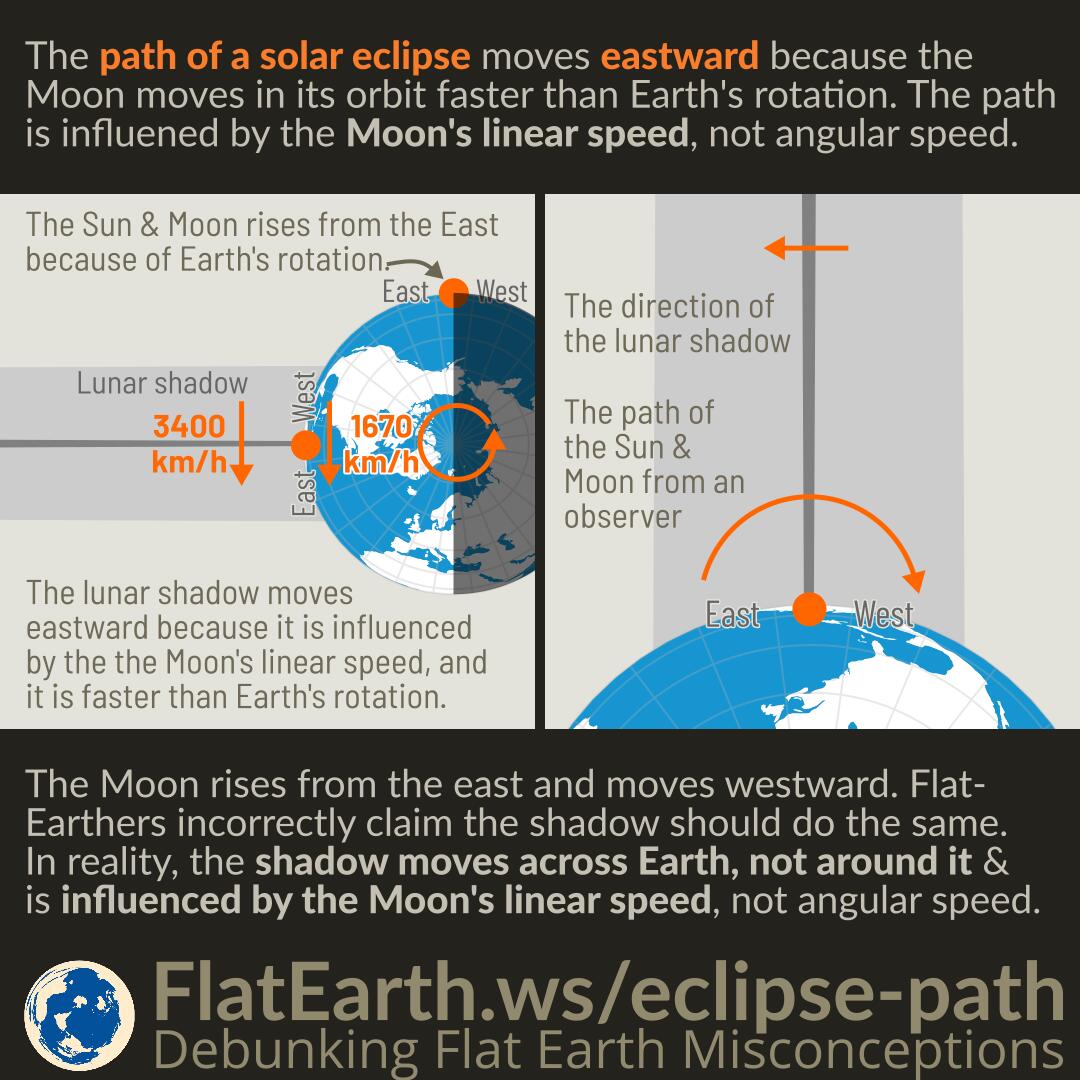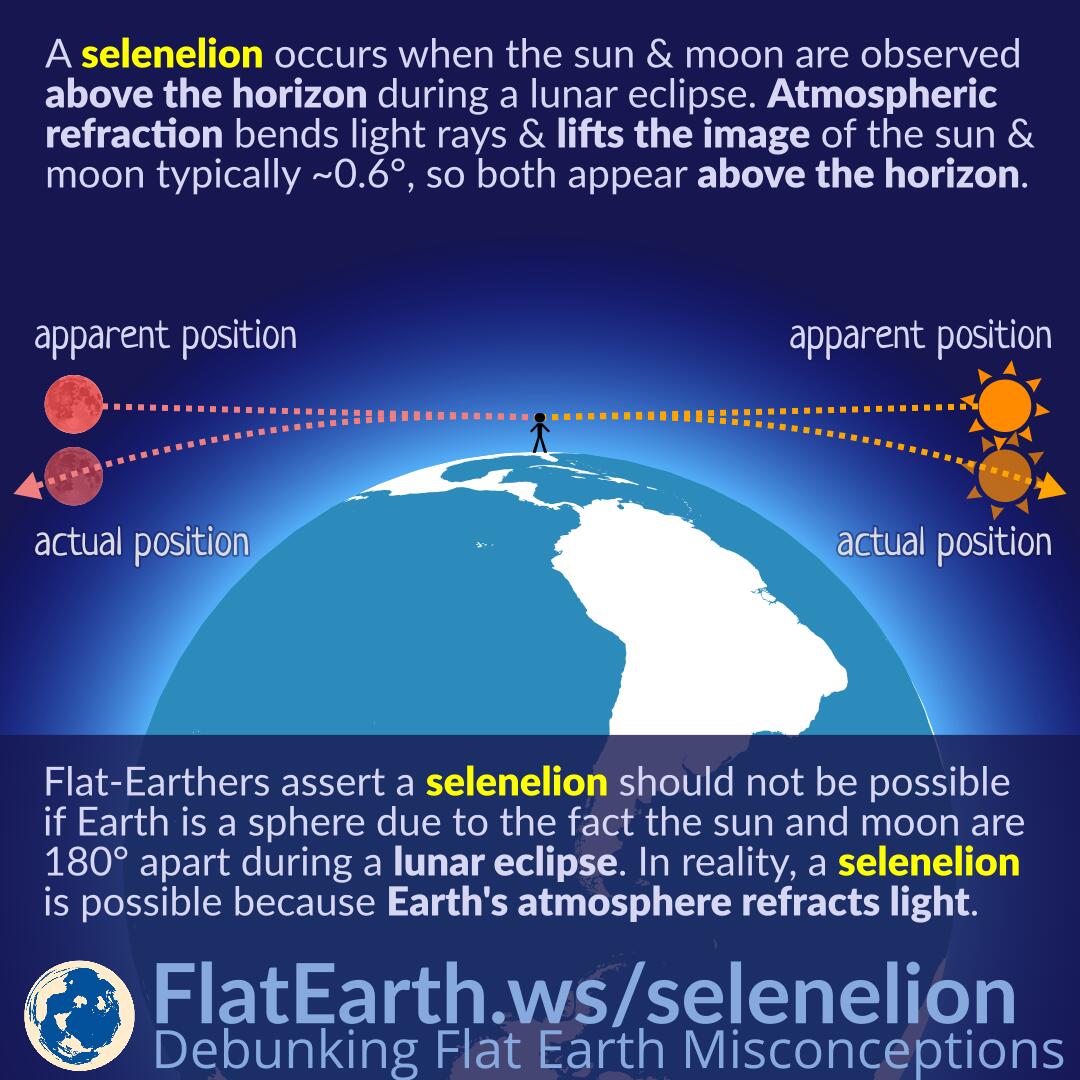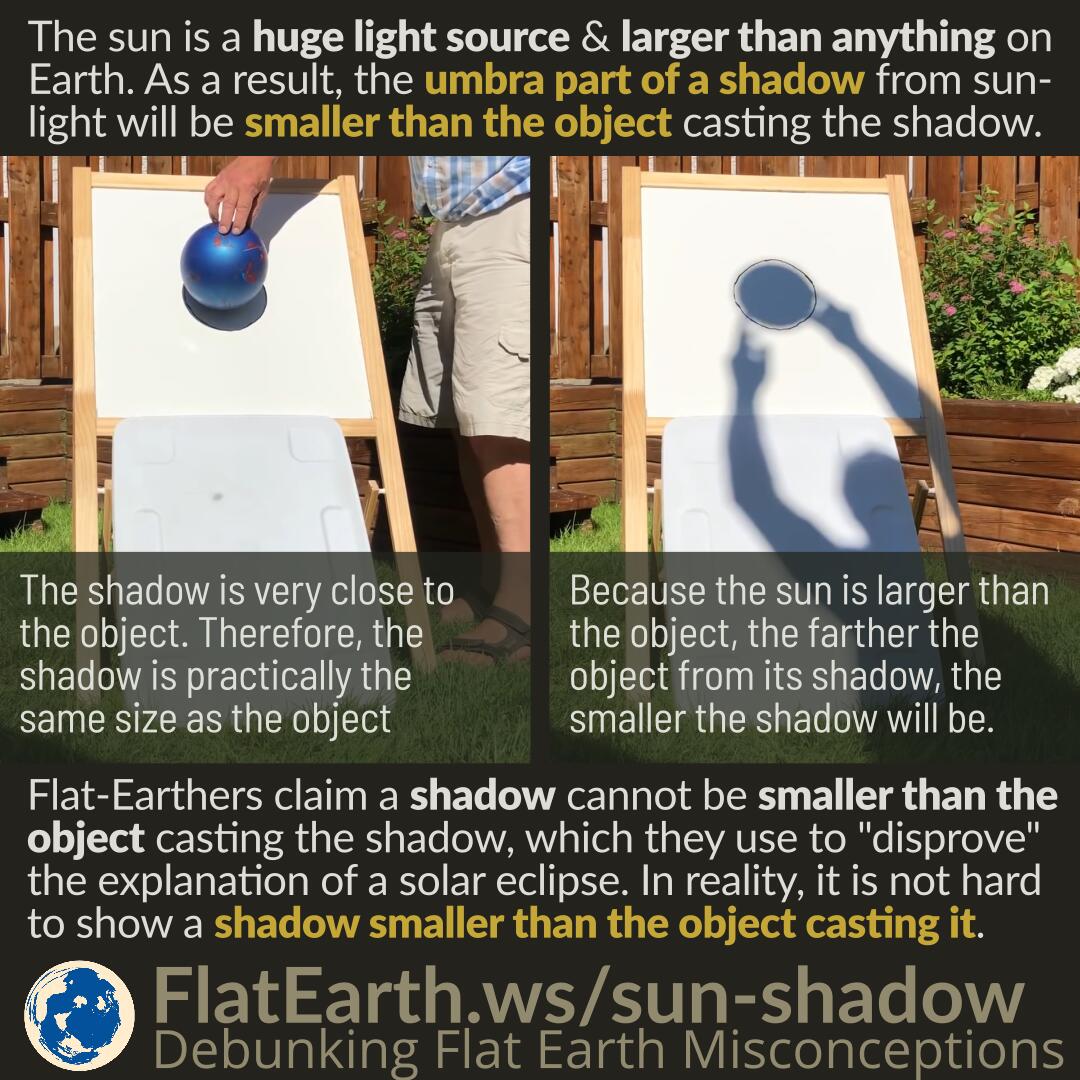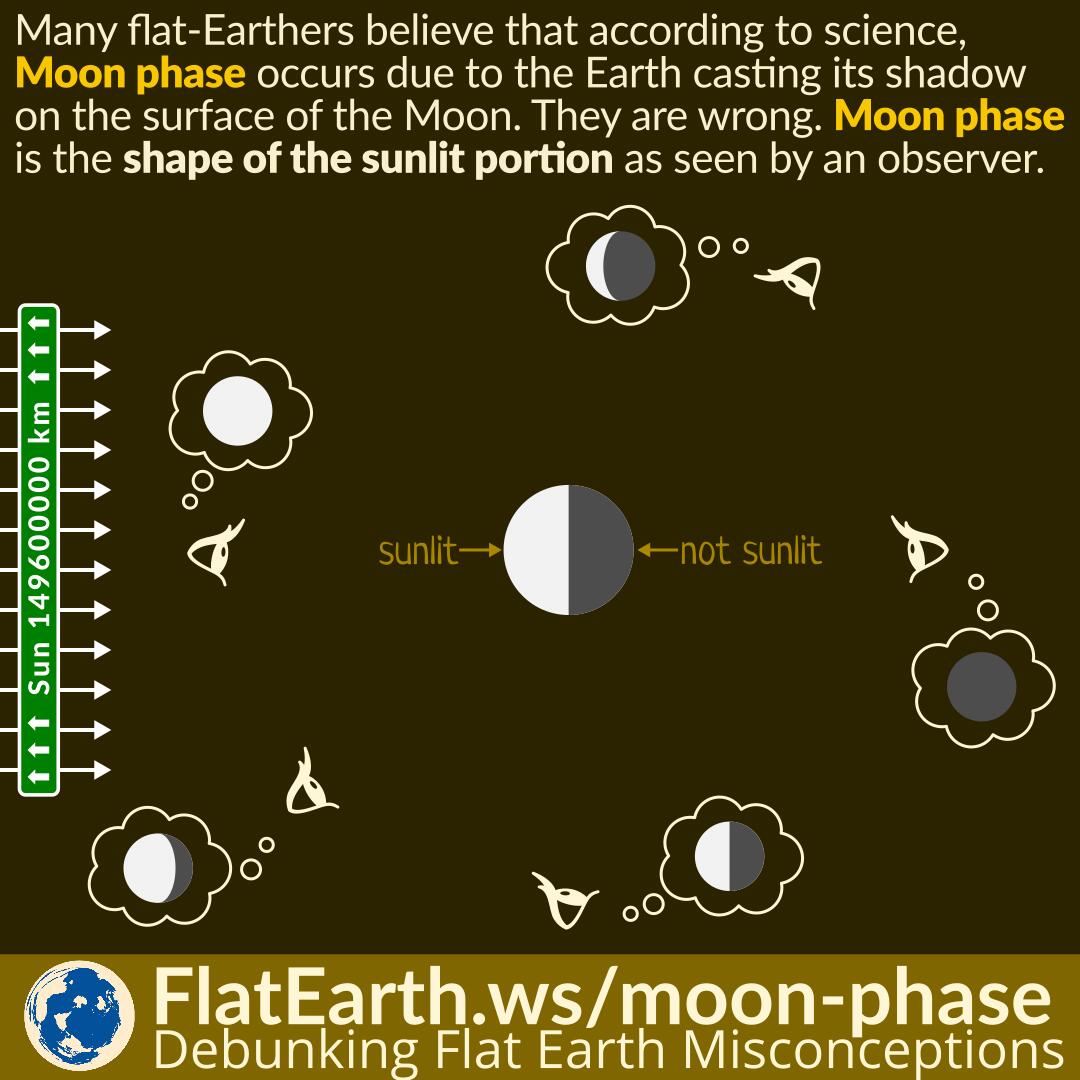The sun emits sunrays in every direction. But as the sun is very far, the sun rays that reach us are practically parallel. From Earth, any two sun rays form a maximum angle of ~0.53°. Sun rays are practically parallel, but not perfectly parallel.
For most practical purposes, we can assume sun rays are parallel for simplification. But in other cases, the small angle is critical to the problem & we need to take it into account.
Continue reading “Sunrays are Practically Parallel, but not Perfectly Parallel”


